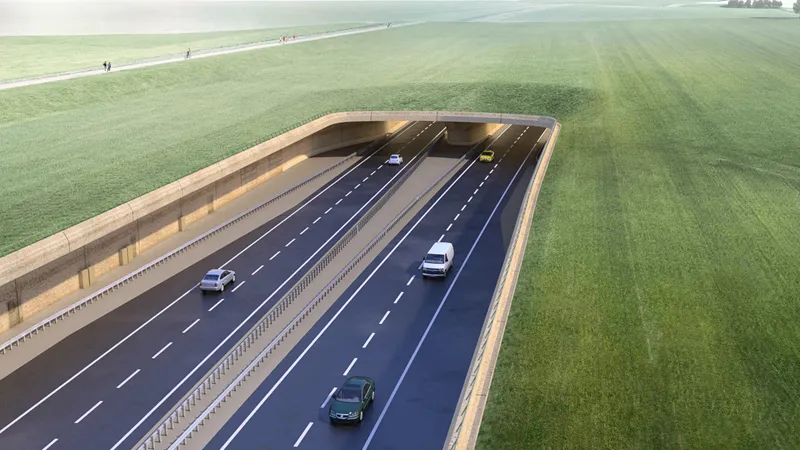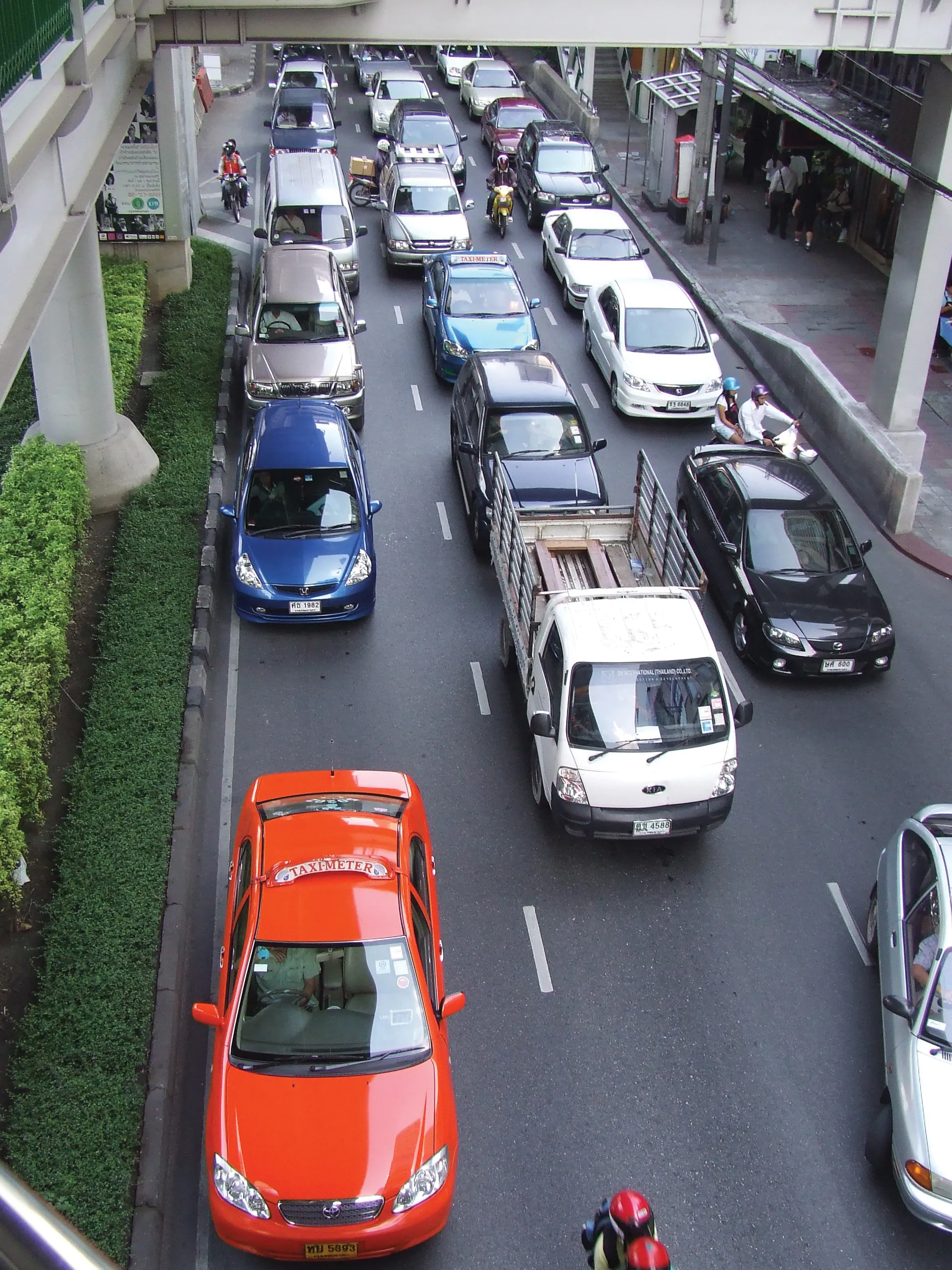Slovakia is to invest around €2.9 billion to improve roads in the economically depressed coal-mining region Upper Nitra.
Work will include upgrades and repairs to 150km of dual carriageways and motorways in order to attract businesses other than those associated with mining which is being gradually closed. The improved road infrastructure will connect existing and planned business and commercial parks and zones, according to local media.
Towns near the R2 dual carriageway, including Handlova, Novaky and Prievidza, could have by-passes.
The priority stretch is the R2 inking Ziar nad Hronom and Drietoma and the I/64 road between Zilina and Komarno.
Nitra, at the foot of Zobor Mountain in the valley of the Nitra River, has a population of about 76,655 and is the fifth-largest city in Slovakia. Many of the communist era industries and manufacturing plants have ceased production and closed. The region is also mountainous lending it tourism development potential.
Slovakia to improve road infrastructure in Upper Nitra region
Slovakia is to invest around €2.9 billion to improve roads in the economically depressed coal-mining region Upper Nitra.
Work will include upgrades and repairs to 150km of dual carriageways and motorways in order to attract businesses other than those associated with mining which is being gradually closed. The improved road infrastructure will connect existing and planned business and commercial parks and zones, according to local media.
Towns near the R2 dual carriageway, including Handlova, Novaky a
July 24, 2019
Read time: 2 mins








